Brass fittings play a crucial role in plumbing, HVAC systems, and various industrial applications. One of their key characteristics is their thermal conductivity, which significantly influences their performance in heat transfer applications. Understanding the thermal properties of brass fittings helps users make informed decisions regarding their use in various systems.
Composition and Structure of Brass
Brass is an alloy primarily composed of copper and zinc. The proportion of these two metals varies, leading to different types of brass with distinct properties. Generally, brass contains about 60% copper and 40% zinc, although these ratios can change based on the specific application requirements.
The unique structure of brass contributes to its thermal conductivity. Copper, known for its excellent heat transfer capabilities, dominates the alloy’s characteristics. By incorporating zinc, manufacturers enhance specific properties, such as corrosion resistance, while maintaining favorable thermal conductivity.
Thermal Conductivity Defined
Thermal conductivity refers to a material’s ability to conduct heat. It quantifies how quickly heat moves through a substance. Higher thermal conductivity indicates that a material can transfer heat more efficiently. Brass fittings typically exhibit good thermal conductivity, making them suitable for applications involving heat exchange.
In comparison to other metals, brass ranks below copper but above many other materials like aluminum and steel. This positioning in the thermal conductivity spectrum makes brass fittings a practical choice in many scenarios where effective heat transfer is necessary.
Applications of Brass Fittings in Heat Transfer
Brass fittings find extensive use in various applications due to their thermal conductivity. In plumbing systems, they often connect pipes carrying hot water. The ability of brass to efficiently transfer heat helps maintain the desired temperature in the system.
In HVAC applications, brass fittings connect components in heating and cooling systems. Efficient heat transfer through these fittings ensures optimal system performance. Users benefit from reduced energy consumption and improved efficiency due to the effective thermal properties of brass.
In industrial applications, brass fittings frequently serve in heat exchangers. These devices transfer heat between two or more fluids, and the thermal conductivity of brass ensures that the heat exchange process remains efficient. Users can rely on them to maintain desired operating temperatures in various processes.
Factors Influencing Thermal Conductivity
While brass fittings exhibit good thermal conductivity, several factors can influence this property. The specific alloy composition, for example, plays a significant role. Alloys with higher copper content typically demonstrate better thermal conductivity. Users should consider the composition of them when selecting them for heat transfer applications.
Temperature also affects thermal conductivity. As temperature increases, the thermal conductivity of them generally improves. However, extreme temperatures can also lead to thermal expansion, which might affect the integrity of the fittings. Users must balance temperature considerations with application requirements.
Surface finish is another factor that can impact thermal conductivity. A smooth surface allows for better heat transfer compared to a rough surface, which may create thermal barriers. When selecting brass fittings, users should consider the manufacturing process and surface treatment to ensure optimal performance.
Comparison with Other Materials
Understanding brass fittings’ thermal conductivity benefits from comparing them to other common materials. Copper remains the gold standard for thermal conductivity, followed closely by aluminum. While brass fittings do not match copper’s efficiency, they offer a good compromise between performance and cost.
Steel, in contrast, exhibits lower thermal conductivity than brass. In applications where heat transfer efficiency is crucial, brass fittings provide a better solution than steel fittings. However, for specific high-temperature applications, users might still choose materials with higher thermal conductivity, such as copper.
Advantages of Using Brass Fittings
The thermal conductivity of brass fittings presents several advantages. Their ability to efficiently transfer heat contributes to the overall performance of plumbing and HVAC systems. Users can rely on them to maintain consistent temperatures, enhancing system reliability.
In addition to thermal properties, brass fittings offer corrosion resistance. This quality ensures that they perform well in various environments without significant degradation. Users appreciate the longevity of them, as their thermal conductivity remains consistent over time.
Brass fittings also present aesthetic advantages. The attractive golden hue of brass enhances the visual appeal of installations, making them suitable for exposed applications. Users often choose brass fittings not only for their functionality but also for their aesthetic qualities.
Maintenance and Care
To maintain the thermal conductivity of brass fittings, users should follow proper maintenance practices. Regular inspections help identify any signs of corrosion or wear. Cleaning the fittings using non-abrasive methods preserves their surface finish, ensuring optimal heat transfer.
Users should also be cautious with the installation process. Over-tightening or using excessive force during installation can lead to deformities in the fittings, potentially affecting their thermal conductivity. Following manufacturer guidelines during installation and maintenance helps ensure the longevity and efficiency of brass fittings.
Future Trends and Innovations
As industries evolve, so do the materials used in various applications. The demand for more efficient heat transfer solutions drives innovations in brass fitting manufacturing. Researchers and manufacturers continuously explore new alloy compositions and treatments that enhance thermal conductivity while maintaining other desirable properties.
The trend toward sustainability also influences material selection. Brass fittings, known for their recyclability, align with the growing emphasis on eco-friendly practices. Users can choose brass fittings not only for their thermal properties but also for their reduced environmental impact.
List of Top Brass Fitting Suppliers
| Company Name | Location | Years Of Experience | Certificates |
| IFAN | Zhuji, China | 1993 | ISO certification |
| ASC Engineered Solutions | USA | 2019 | ISO certification |
| Patel Precision Works | India | over 21 years | ISO certification |
| RED-WHITE VALVE CORP | USA | 1971 | ISO certification |
| SVF Flow Controls | USA | 1988 | ISO certification |
IFAN international standard for Brass Fitting
IFAN adheres to several international standards, ensuring the quality and reliability of its products. These include ISO 15875, GB-T 18992, DIN 16892, ASTM F877, ASTM F2788, BS 7291, BS EN ISO 15875, and CSA B137, among others. By complying with these rigorous standards, IFAN guarantees that its plumbing systems meet the highest global requirements for safety, durability, and performance. These certifications demonstrate IFAN’s commitment to delivering products that are widely accepted and trusted across various industries worldwide.
Conclusion
The thermal conductivity of brass fittings plays a significant role in their effectiveness in various applications. With good thermal properties, they excel in plumbing, HVAC, and industrial settings, providing efficient heat transfer solutions. Users benefit from the longevity, corrosion resistance, and aesthetic appeal of brass fittings, making them a practical choice for many projects.
By understanding the factors that influence thermal conductivity, users can make informed decisions about the brass fittings they choose for their applications. As innovations continue to shape the industry, the future looks bright for brass fittings and their role in efficient heat transfer solutions.
Connect
IFAN is a Chinese manufacturer of plastic pipes, fittings and valves with 30 years of experience. If you are interest in IFAN copper fittings, copper valves, plastic pipes and fittings, please contact us. IFAN offers you a variety of standard pipes to meet your specific needs. Click below to learn more about IFAN’s wide range of affordable and cost-effective valve products and piping system related products.
We will reply your email or fax within 24 hours.
You can call us at any time if there is any question on our production.
For more information,pls visit our webside https://ifanpro.com/
Pls Mailto: [email protected]
Whatsapp: + 86 19857948982


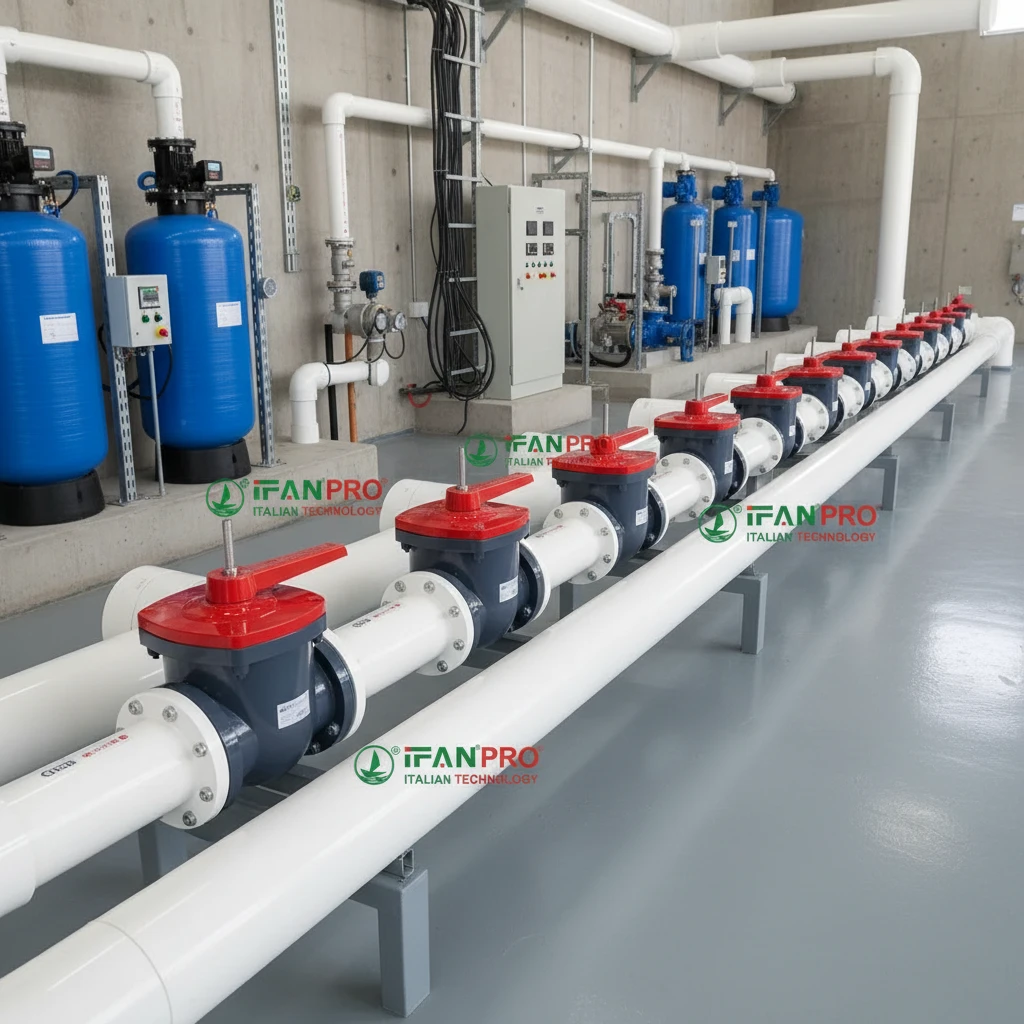
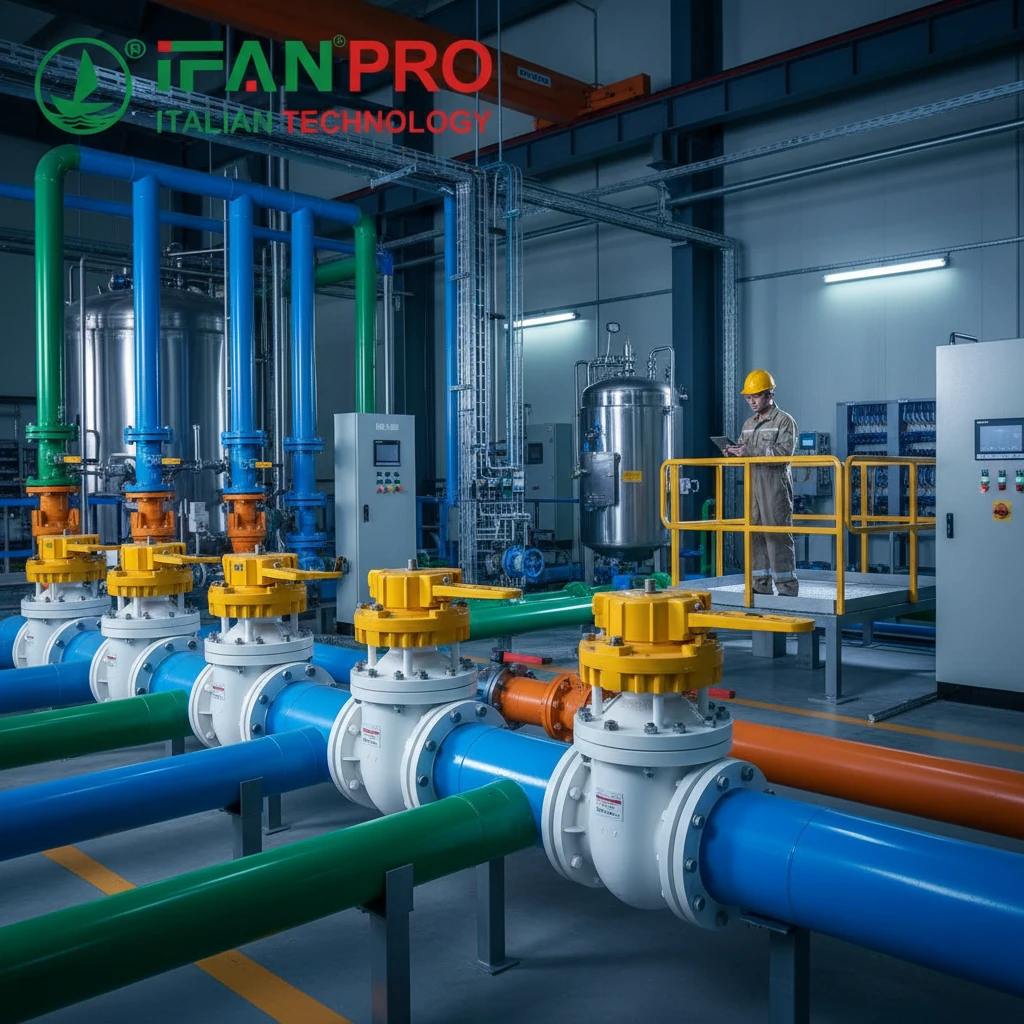
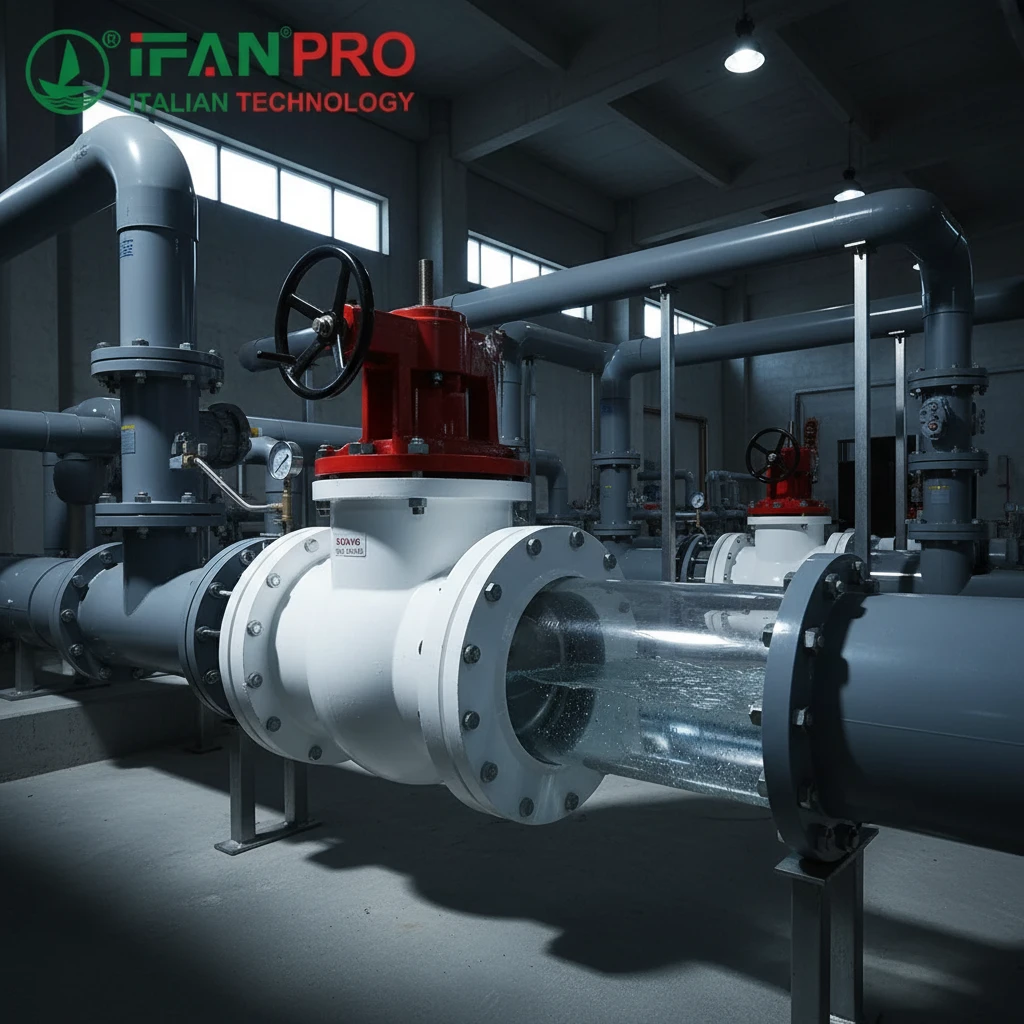
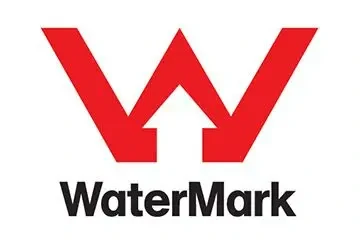

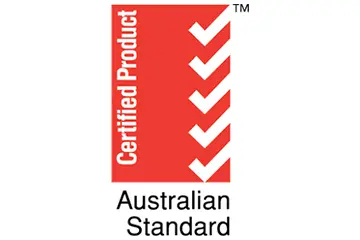
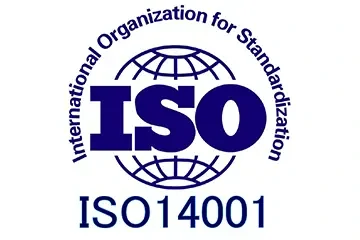



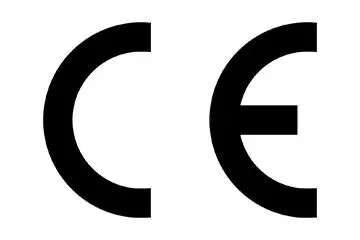
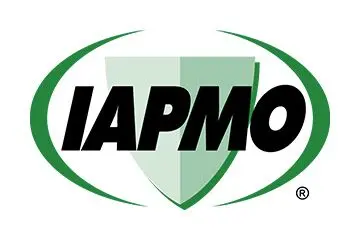
Recent Comments